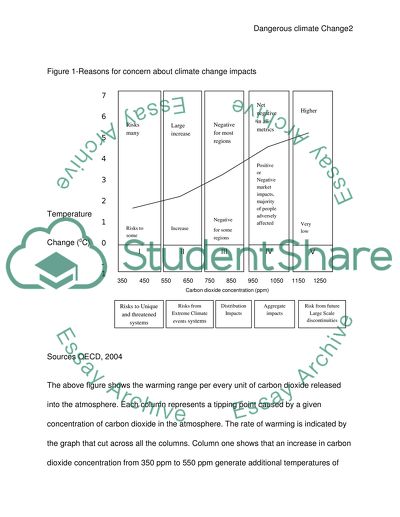Cite this document
(“The Dangerous Climate Change And Some Of The Strategies That Can Be Essay”, n.d.)
Retrieved from https://studentshare.org/environmental-studies/1413408-what-is-yp-dangerousy-climate-change-what
Retrieved from https://studentshare.org/environmental-studies/1413408-what-is-yp-dangerousy-climate-change-what
(The Dangerous Climate Change And Some Of The Strategies That Can Be Essay)
https://studentshare.org/environmental-studies/1413408-what-is-yp-dangerousy-climate-change-what.
https://studentshare.org/environmental-studies/1413408-what-is-yp-dangerousy-climate-change-what.
“The Dangerous Climate Change And Some Of The Strategies That Can Be Essay”, n.d. https://studentshare.org/environmental-studies/1413408-what-is-yp-dangerousy-climate-change-what.


